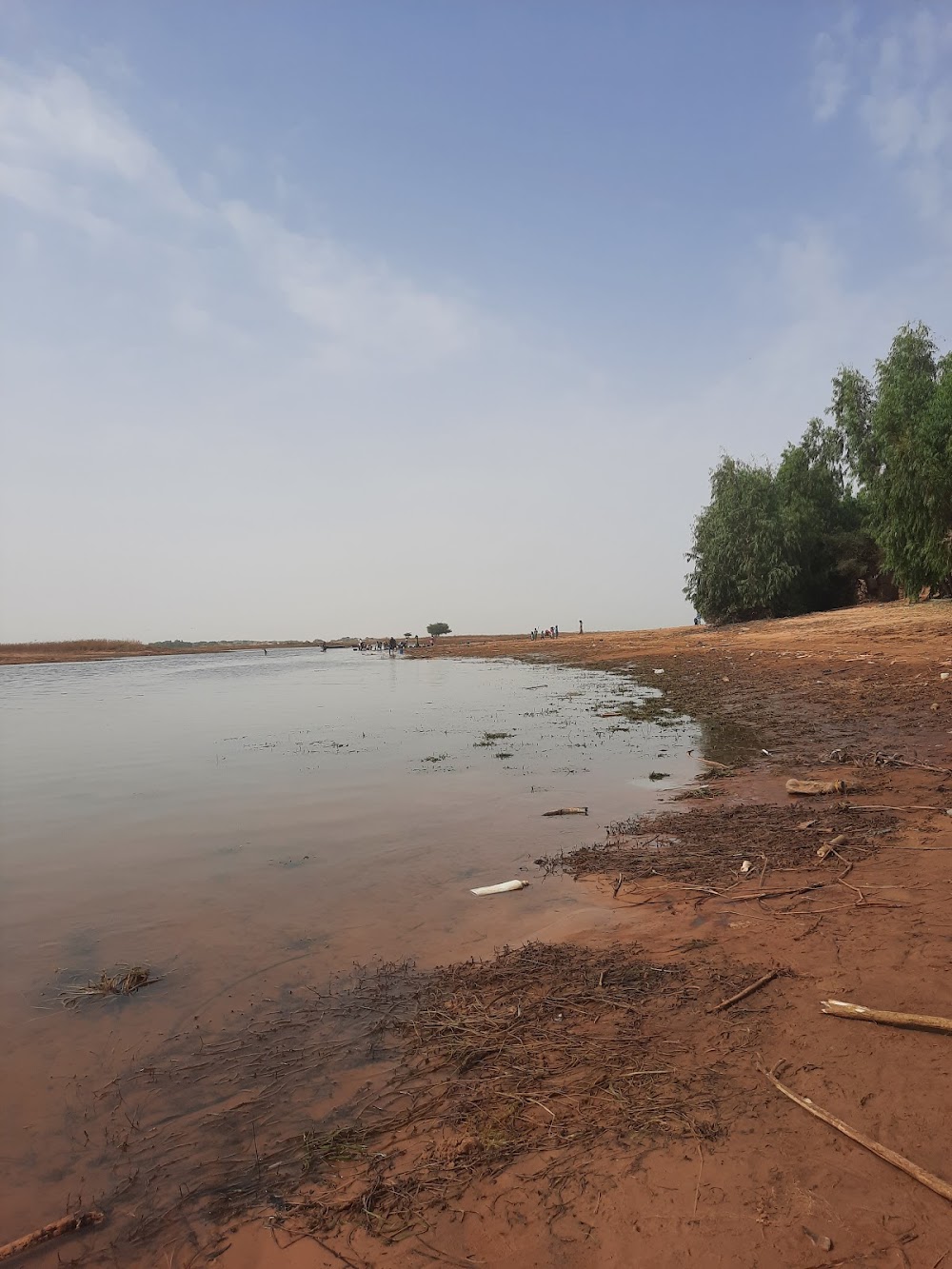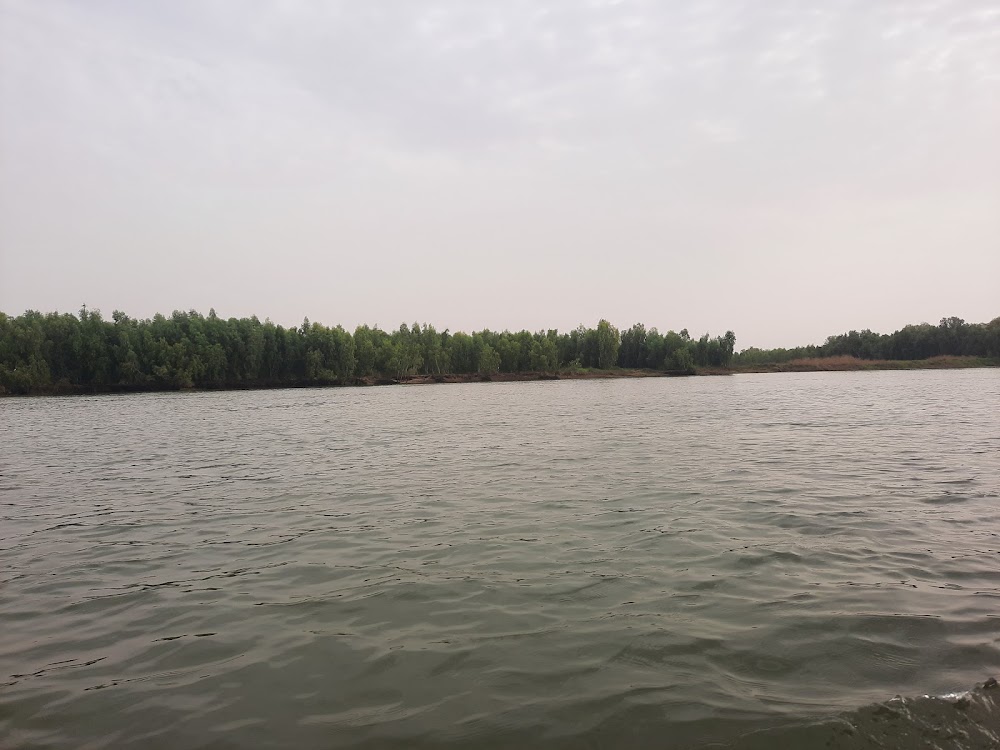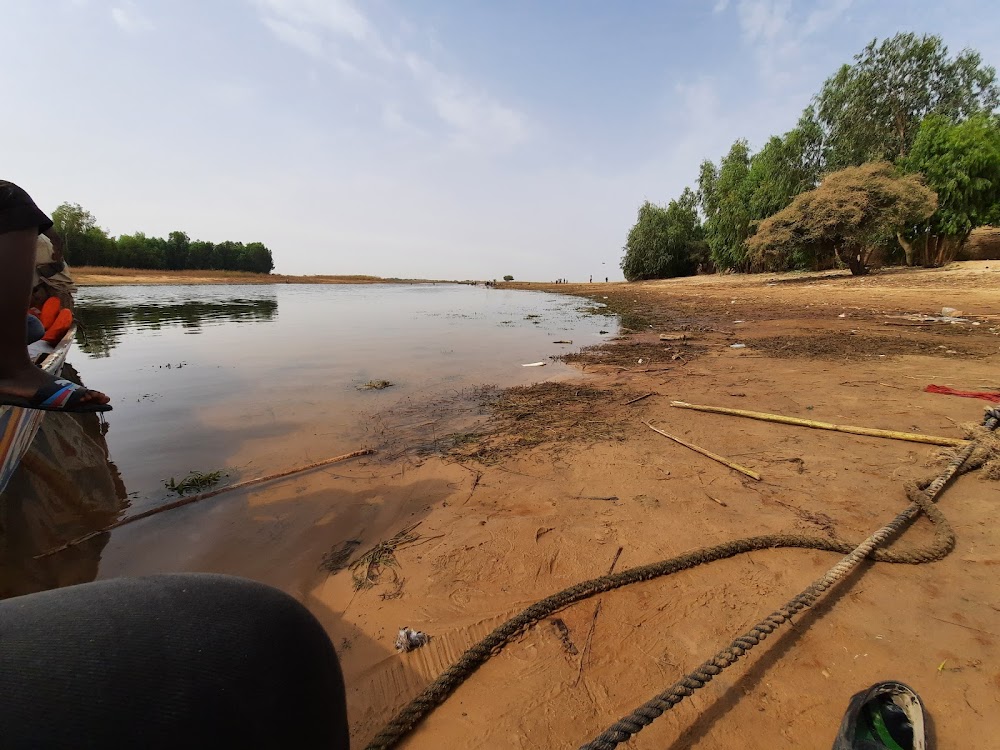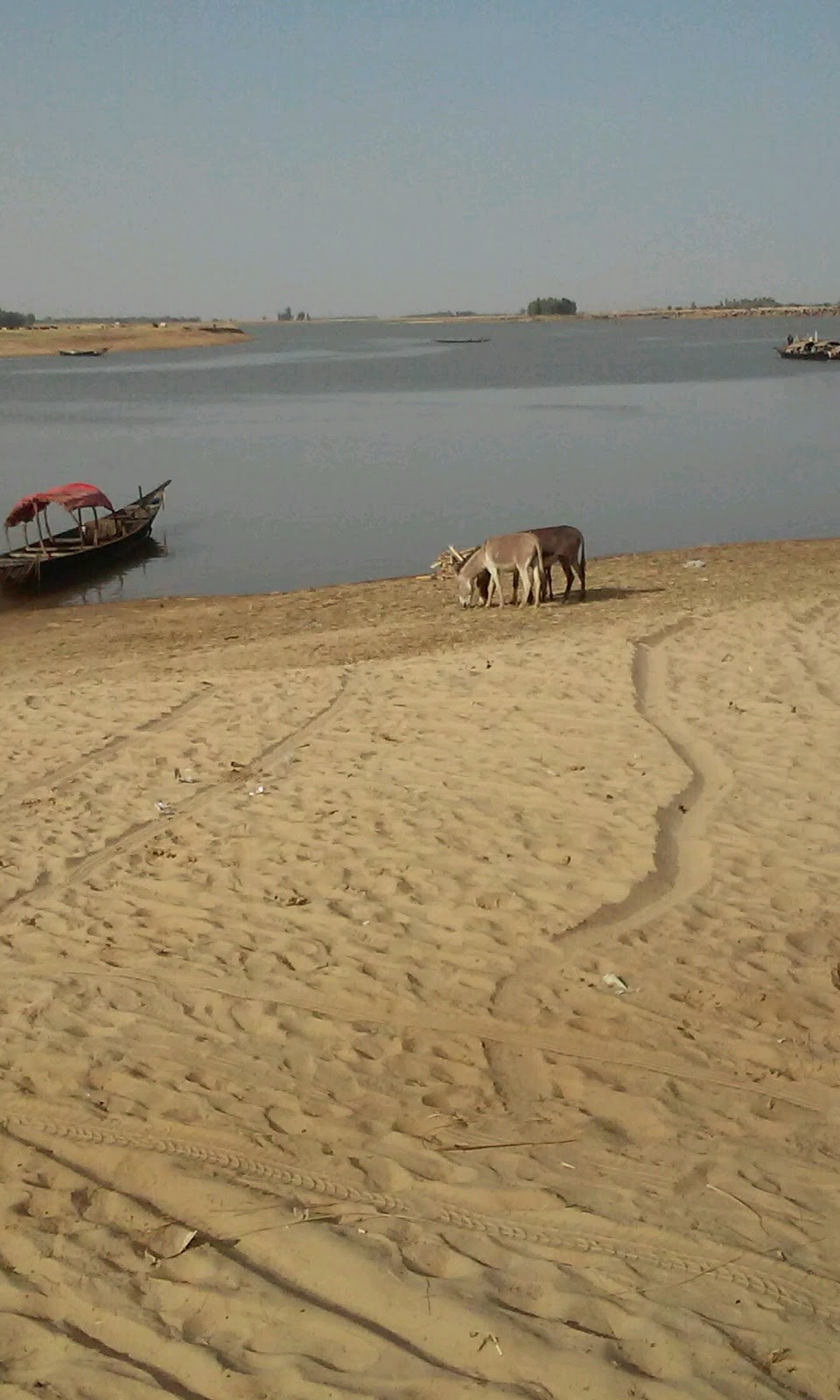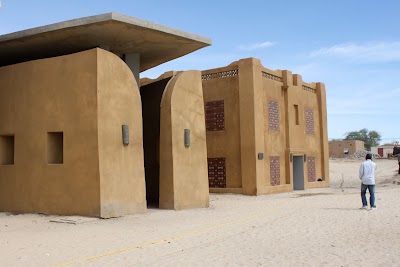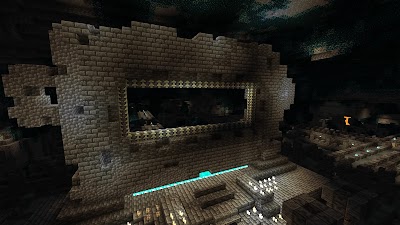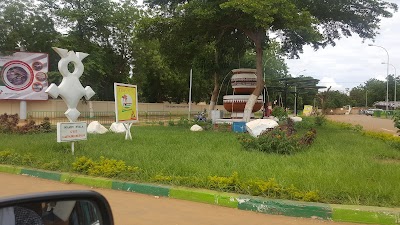Bourem Inaly Archaeological Site (Site Archéologique de Bourem Inaly)
Overview
Bourem Inali: A Glimpse into the Past
Bourem Inali is a captivating archaeological site nestled in the Taoudénit Region of Mali, offering a fascinating glimpse into a thriving civilization that once flourished in the heart of the Sahara Desert. This historical treasure is not only significant for its rich history but also serves as an essential destination for researchers and history enthusiasts eager to explore the complexities of ancient societies.
The civilization that inhabited Bourem Inali thrived between the 11th and 14th centuries, a time when the region played a pivotal role in influential trade routes. These routes connected the kingdoms of West Africa with North Africa and the Mediterranean, facilitating the exchange of goods, ideas, culture, and technologies.
A Sophisticated Society
The people of Bourem Inali were part of a sophisticated society with remarkable skills in architecture, agriculture, and trade. The archaeological remains at the site include ancient structures such as homes, granaries, and wells, all meticulously constructed to withstand the harsh desert environment.
Many of the buildings were crafted from mud bricks, a prevalent material in West Africa known for its availability and durability. These bricks were created by mixing mud with straw and allowing the mixture to dry in the sun, resulting in walls that could endure the elements while providing insulation against extreme desert temperatures.
In addition to these mud-brick structures, evidence of intricate stonework has been uncovered. Stone blocks were skillfully cut and shaped using simple yet effective tools, indicating that the residents possessed a solid understanding of stone masonry. The foundations of many buildings were constructed with these stones, enhancing the stability and longevity of the structures.
Planned Urban Development
The layout of Bourem Inali suggests a well-planned urban development, with streets and pathways arranged in a logical manner. This impressive organization highlights the advanced skills of the community's inhabitants, showcasing their ability to create a functional and efficient living space even in challenging conditions.
Agriculture was another cornerstone of the community's livelihood. The residents ingeniously harnessed the scarce water resources available in the desert, employing various irrigation techniques to cultivate crops such as millet, sorghum, and wheat. The remains of ancient irrigation canals and wells serve as evidence of their innovative agricultural practices.
Trade also played a significant role in the vibrancy of life at Bourem Inali. Its strategic location along key trans-Saharan trade routes connected the site to other prosperous cities and regions. Inhabitants traded valuable goods, including gold, salt, textiles, and metalware, fostering wealth and facilitating cultural exchanges with distant lands.
Intriguing Artifacts and Ongoing Excavations
One of the most captivating aspects of Bourem Inali is the array of artifacts uncovered by archaeologists. These include pottery, tools, and decorative items, with beautifully decorated pottery providing insight into the artistic skills and daily life of the people. The tools found at the site reveal their expertise in various crafts, including weaving, metallurgy, and tool-making.
Excavation efforts at Bourem Inali have been ongoing, with contributions from both Malian and international archaeologists. These investigations not only enhance our understanding of the site but also aid in its preservation for future generations. Many of the artifacts recovered are studied and displayed in museums, allowing the public to appreciate this ancient civilization.
The Importance of Preservation
The preservation of Bourem Inali is crucial, as it offers a unique window into the past. Ongoing efforts to protect and study the site ensure that this piece of human history remains accessible for future generations. The work of archaeologists and historians continues to uncover new aspects of life in Bourem Inali, enriching our understanding of both the Taoudénit Region and Mali as a whole.
The story of Bourem Inali is one of resilience and ingenuity, illustrating how its inhabitants developed effective strategies to thrive in a challenging environment. This vibrant society has left behind a remarkable legacy of achievement, and each new discovery at the site enhances our knowledge of their way of life, highlighting the importance of preserving such historical landmarks for posterity.


